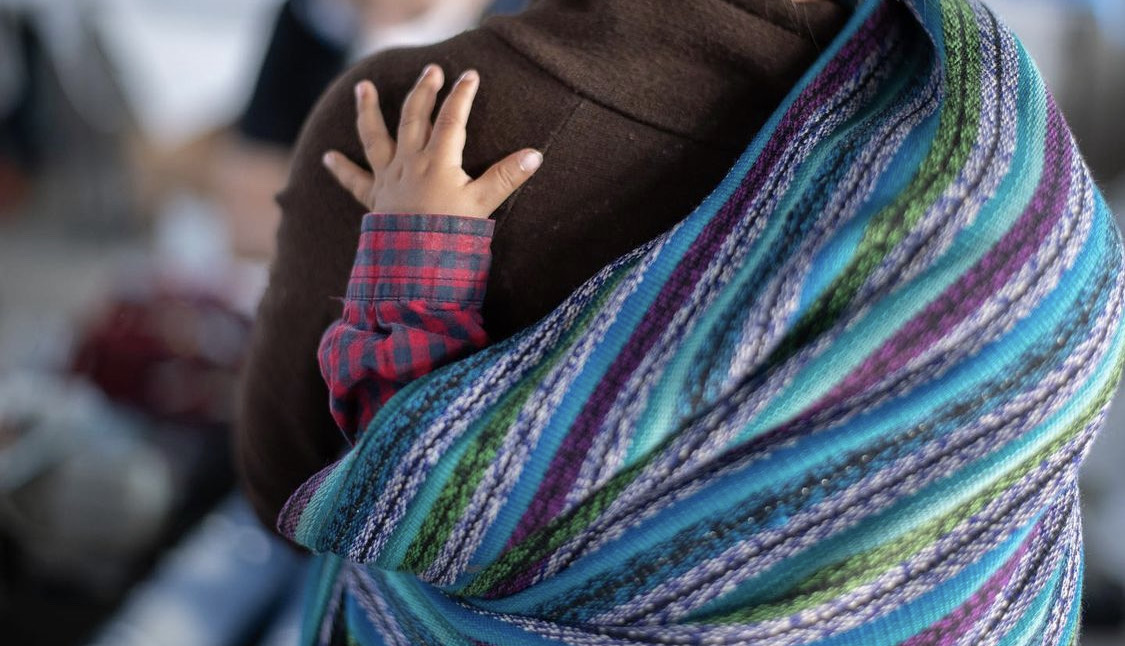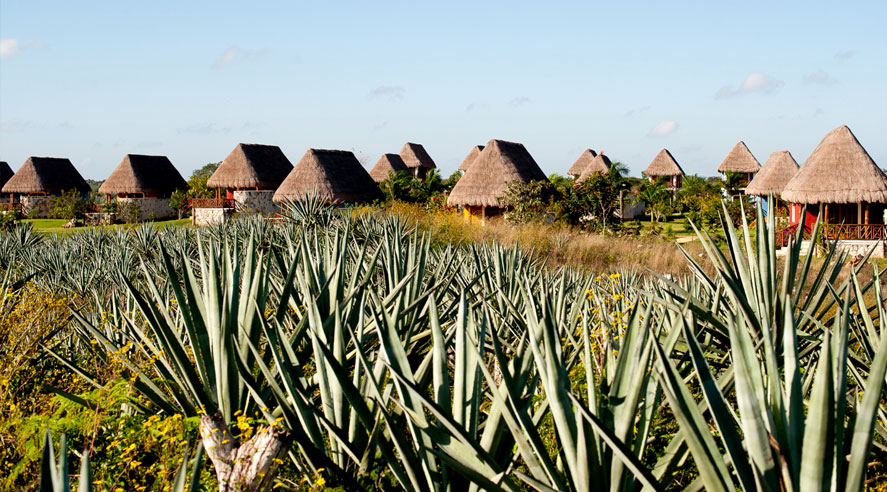Within the Maya World, an extensive region of almost half a million square kilometers that encompasses El Salvador, Honduras, Belize, Guatemala, and the Mexican states of Yucatan, Campeche, Quintana Roo, Chiapas, and Tabasco, live today more than six million indigenous people, belonging to 25 ethnic groups, heirs of a culture whose vestiges are exalted as the greatest attraction of the recently promoted tourist destination.
The Maya, the largest indigenous group in America after the Quechua of Peru, has maintained its presence throughout the centuries, manifesting itself in the fields, plazas, markets, streets, and temples of the cities of the Maya World, a region that appears before the eyes of the visitor as an attractive opportunity to approach a different reality, full and tinged with ancestral and contemporary elements.

The ethnic groups that currently make up the vast panorama of the Maya World are, in Mexico -in addition to the most numerous, the Yucatecan Maya, who inhabit the three states of the Yucatan Peninsula, the Chontales of Tabasco, and the Choles, Tzeltales, Tzotziles, Tojolabales, and Lacandones of Chiapas.
Between the border with Chiapas and Guatemala live the Chujes, Jalaltecos, Mames, and Motozintlecos groups. The Guatemalan territory is also inhabited by members of the Kanjobal, Ixil, Q'eqchi, Pocomchi, Uspanteca, Aguacateca, Quiché, Tzutujil, Cakchiquel, Pocomam, and, on the border with Honduras, the Chorti groups.
In Belize, the only indigenous group of pure Mayan race that still exists is the Itzae, which represents only 10% of the current population of that country, while the rest of its inhabitants are mestizos and Creoles, according to the latest issue of the magazine of the organization "Mundo Maya".
Today, most of the indigenous Maya live in the Yucatan Peninsula, speak the peninsular Maya language and, unlike in other parts of the country, many of the Mayan terms in Campeche and Yucatan have filtered into the Spanish spoken by the general population.
In fact, the Maya World of Yucatan is characterized by the presence of this culture in various aspects of daily life.
Quintana Roo is the state where the most deeply rooted Maya communities can be found, preserving much of the traditions of their glorious ancestors.

Settled in the thick jungle, on the shores of deep and crystalline cenotes and lagoons, the Mayas who fled the Caste War, which began in 1847 and lasted in the state until 1937, remain in small towns where the Mayan language is the only form of communication.
In these places, there are few men who speak Spanish, and it could be said that the women do not know the language, but have remained faithful to their ancestors, rebellious to the end, reluctant to lose a culture without equality in the history of mankind.
The houses of today's Maya of the Yucatan Peninsula are oval-shaped and guano-roofed, with walls of interwoven sticks and generally covered with mud and painted with lime, so that they look white under the intense midday sun, as do the albarradas, stone walls characteristic of the popular Yucatecan landscape.
In general, in the Maya World, the indigenous people's main activity is precarious agriculture, whose base is the cultivation of corn, which they combine with beans, chili, squash, jicama, sweet potato, melon, coffee, cacao, onion, tomato and herbs, depending on the region, since the area is a painting of ecosystems and natural resources in abundance.
The cultivation of henequen in Yucatan, once a powerful plant that enriched the hacienda owners and caused the enslavement of the Maya, is now only used to make handicraft products from agave fiber.

One of the Chiapas indigenous groups of the Mayan World that have suffered the most from the consequences of the political borders that increase the problems caused by natural phenomena is the Zoques.
Inhabitants of the area of the Chichonal volcano, whose catastrophic eruption a few years ago became known worldwide, the Zoques have relocated to temporary camps, where the land is not suitable for cultivation, thus affecting their economy.
Separated families, interrupted traditions, and increased emigration afflict this group, which little by little has returned to their land in the northwestern part of Chiapas, where they covered from the central depression of that state to the border with Tabasco.
Visiting San Cristóbal de las Casas, where most of the Chiapas Maya gather to sell their merchandise, is a colorful spectacle of a contemporary tower of babel, due to the great variety of languages that are conjugated in that place.
A representative of this varied ethnic painting that has traveled a good part of the planet today, to bring her message of peace and brotherhood between the indigenous races of the Mayan World and her mestizo compatriots, is Rigoberta Menchú Tum, Guatemalan Mayan Quiché, Nobel Peace Prize Laureate.
The indigenous Guatemalan Maya have suffered the most from the consequences of a government that does not value their cultural roots but, on the contrary, persecutes them.
Refugees in Mexican territory, many Guatemalan Mayans are gradually returning to their place of origin, although in recent days, due to political events in the neighboring country to the south, the repatriation programs of the United Nations High Commissioner for Refugees have been halted.
Of Guatemala's eight million inhabitants, almost five million are Mayans, integrated into 15 ethnic groups that live throughout the length and breadth of the national territory, as the publication "Mundo Maya" points out.
Like the other indigenous people of Mundo Maya, each community of Guatemalan Mayas is distinguished by its typical costume.
The future of the "modern Maya", inhabitants of the region promoted as Mundo Maya by governments and tourism representatives in the five countries that make up this vast region, is uncertain.
One of the objectives of the Mundo Maya cultural and tourism project is precisely to give the heirs of a magnificent past the possibility, through tourism, to maintain their millenary customs and, at the same time, allow them to reach a standard of living worthy of the representatives of a culture that fills the nations where it flourished with pride.